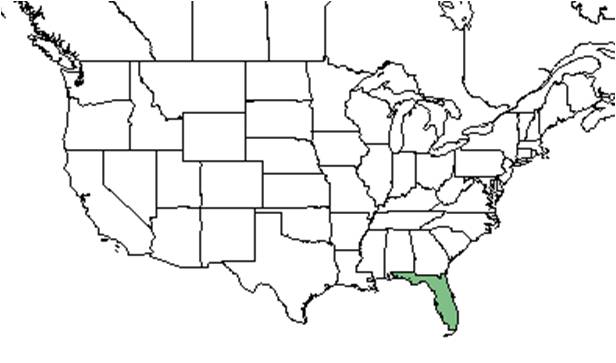Difference between revisions of "Centrosema arenicola"
KatieMccoy (talk | contribs) |
KatieMccoy (talk | contribs) |
||
| Line 28: | Line 28: | ||
===Phenology=== <!--Timing off flowering, fruiting, seed dispersal, and environmental triggers. Cite PanFlora website if appropriate: http://www.gilnelson.com/PanFlora/ --> | ===Phenology=== <!--Timing off flowering, fruiting, seed dispersal, and environmental triggers. Cite PanFlora website if appropriate: http://www.gilnelson.com/PanFlora/ --> | ||
| + | Flowers in August and September (FSU Herbarium). | ||
| + | |||
===Seed dispersal=== | ===Seed dispersal=== | ||
===Seed bank and germination=== | ===Seed bank and germination=== | ||
Revision as of 20:01, 2 November 2015
| Centrosema arenicola | |
|---|---|
Error creating thumbnail: Unable to save thumbnail to destination
| |
| Scientific classification | |
| Kingdom: | Plantae |
| Division: | Magnoliophyta - Flowering plants |
| Class: | Magnoliopsida - Dicotyledons |
| Order: | Fabales |
| Family: | Fabaceae ⁄ Leguminosae |
| Genus: | Centrosema |
| Species: | C. arenicola |
| Binomial name | |
| Centrosema arenicola (Small) F.J. Herm. | |

| |
| Natural range of Centrosema arenicola from USDA NRCS Plants Database. | |
Common name: pineland butterfly pea
Contents
Taxonomic notes
Description
Distribution
Ecology
Habitat
In the Coastal Plain in Florida, C. arenicola has been found to occur in upland hardwood associations of Quercus and Sabal palmetto (FSU Herbarium). Associated species include Quercus, Myrica, Sabal palmetto, Eupatorium, Galactia, and Clematis (FSU Herbarium).
Phenology
Flowers in August and September (FSU Herbarium).
Seed dispersal
Seed bank and germination
Fire ecology
Pollination
The following Hymenoptera families and species were observed visiting flowers of Centrosema arenicola at Archbold Biological Station (Deyrup 2015):
Apidae: Bombus pennsylvanicus
Megachilidae: Megachile integra, M. mendica
Use by animals
Diseases and parasites
Conservation and Management
Cultivation and restoration
Photo Gallery
References and notes
Deyrup, M.A. 2015. Database of observations of Hymenoptera visitations to flowers of plants on Archbold Biological Station, Florida, USA.